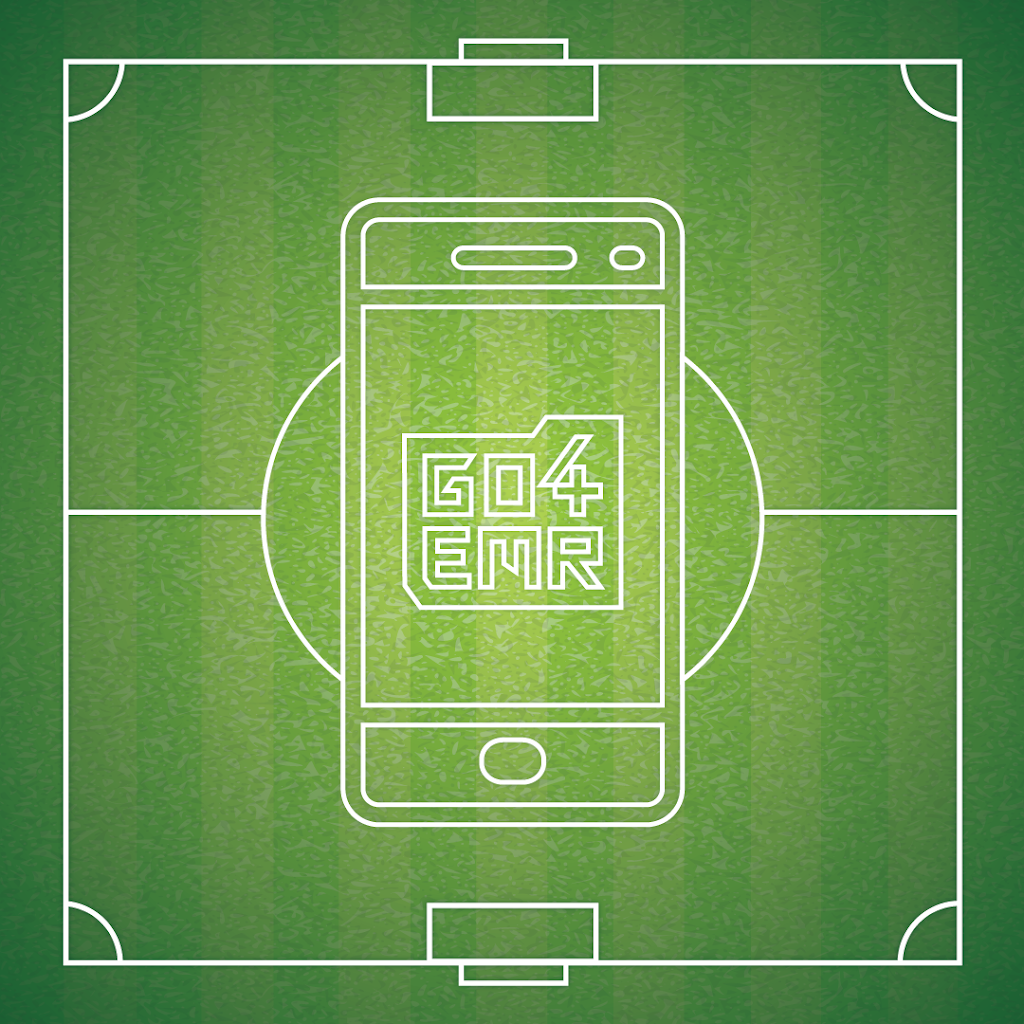Blog
Four questions that parents should ask their child’s sporting event operators.
drew
November 6, 2019

We all like to assume that when we drop our kids off for practice or take them to a weekend tournament, that the adults running the event have the safety and well-being of your child at the forefront of their mind. Often times they do! Sometimes they don’t. More frequently, they do but don’t realize that they’re not covering all their bases and could potentially be putting the kids at risk. I would argue that it is warranted to have concerns about your kid’s safety at sporting events. After all, there is an inherent risk present with all sport participation. The following questions are ones that you can (should) ask your school or sports club, whomever is sponsoring the practice or event.
—
1. Do you have any emergency action plan?
The National Athletic Trainers’ Association (NATA) recommends that every organization that sponsors athletic activity should have an emergency action plan (EAP) in place. EAPs are essentially blueprints for how an emergency situation should be handled in the vent that it should occur. EAPs are made per venue or facility and contain the address of the facility, a map of the facility with ambulance access points, roles and responsibilities of personnel on site, and the address of nearby emergency departments and urgent cares. While most athletic injuries are relatively minor, life threatening injuries are unpredictable and occur without warning. EAPs allow for a coordinated response to handle any emergency quickly and efficiently.
—
2. Will there be an AED at the event?
A-E-D stands for automated external defibrillator. This is the equivalent of those paddles that the doctors on TV hold, rub together, and then yell “clear” before placing them on the chest shocking their patient back to life. AEDs are used in cardiovascular emergencies, can detect abnormal heart rhythms, and can provide a shock to put the heart back in the correct rhythm. While you might not expect your child to experience cardiac arrest, sudden cardiac death is the number one cause of sudden death in youth athletes! Access to an AED and early defibrillation are paramount to the patient surviving a cardiac event.
—
3. What are your weather policies?
Your team’s sponsoring entity should have policies in place to accommodate extreme weather (e.g., lightning, extreme heat). According to the National Weather Service (NWS), lightning kills an average of 47 people and injures over 250 people in the United States each year. Exertional heat stroke (EHS) is routinely among the leading cause of athletics related deaths. Both of these dangers are eliminated with appropriate preparation.
There are means of monitoring lightning activity that are completely free, including WeatherBug. When lightning gets within a certain range 6 miles activity should be suspended and participants should be in a lightning safe shelter. It is only safe to resume activity after there have been no strikes within 6 miles for at least 30 minutes. For some larger sporting events, it might be appropriate to be more conservative and suspend play at 10 miles so that there is sufficient time to move everybody inside.
Hot and humid conditions put athletes (particularly those in equipment laden sports) at an increased risk of EHS. EHS is defined as a core body temperature above 105 degrees Fahrenheit. If not promptly recognized and treated, it can lead to multisystem organ failure and death. Fortunately, with a little bit of preparation and foresight, EHS is easily treated and 100% survivable with cold water immersion.
—
4. Are there medical personnel (ahem… athletic trainers … ahem) on site?
Because of the inherent risk of sporting activity, medical personnel should be on site to evaluate, manage, and treat acute injuries and emergencies. Athletic trainers are certified and licensed healthcare professionals who are trained in injury prevention, immediate and emergency care, clinical evaluation and diagnosis, and therapeutic intervention and rehabilitation of injuries and medical conditions. Not only are they able to provide acute care in the event of an injury or emergency, they’re able to create an emergency action plan, perform cardiopulmonary resuscitation, and monitor extreme weather.
—
Organizations that sponsor athletic activities have an obligation to make sure they’re providing a safe environment for your child to thrive in. Do not be hesitant or afraid to ask about the provisions that are in place for player safety. While life threatening injuries and lightning strikes are rare occurrences, we must maintain a certain level of vigilance and not be complacent. Consider athletic trainers to be members of the Night’s Watch, guarding your athlete from injuries and looking out for their safety.
“Sports gather and now my watch begins. I am an athletic trainer, treater of boo-boos, healer of ouchies, purveyor of safety.”
-Athletic Trainer at the Wall (Probably)
Need an athletic trainer? Go4Ellis is a nationwide app/platform that connects teams and organizations with per diem athletic trainers for games, practices, camps, clinics and tournaments.
If you’re an AT looking to pick up a shift or two, click the links below to download the app.
Go4Ellis is the preferred per diem platform of the National Athletic Trainers’ Association.
Every sideline. Everywhere.
Are you an Athletic Trainer?
Join us!
From per diem shifts to full-time opportunities, AT resources, PLI, a free EMR and more, Go4 is the essential AT app. Sign up now!
"*" indicates required fields
Other articles you might like

Athletic Trainers
What’s the deal with Standing Orders?
How do I get standing orders as an athletic trainer? Q: What are standing orders? A: Standing orders, aka medical protocols, establish the scope of practice for an athletic trainer. Under the direction of a physician, they are an overview of the specific skills that the AT is legally able…

Athletic Trainers
AT Spotlight: Thomas Obergefell, Athletic Training from the Dugout
Name: Thomas Obergefell, MS, ATC, LAT Nickname: T.J. Alma…

Athletic Trainers
Middle School / High School / College / Any School EMR – The Importance of Documentation
Go4’s in-app Electronic Medical Record We all know the reasons why it’s important to thoroughly document, but incase you forgot, here they are:…
